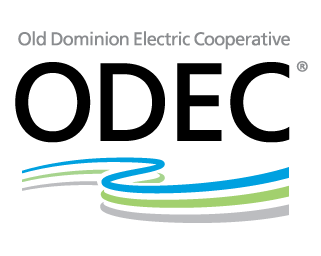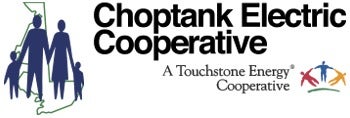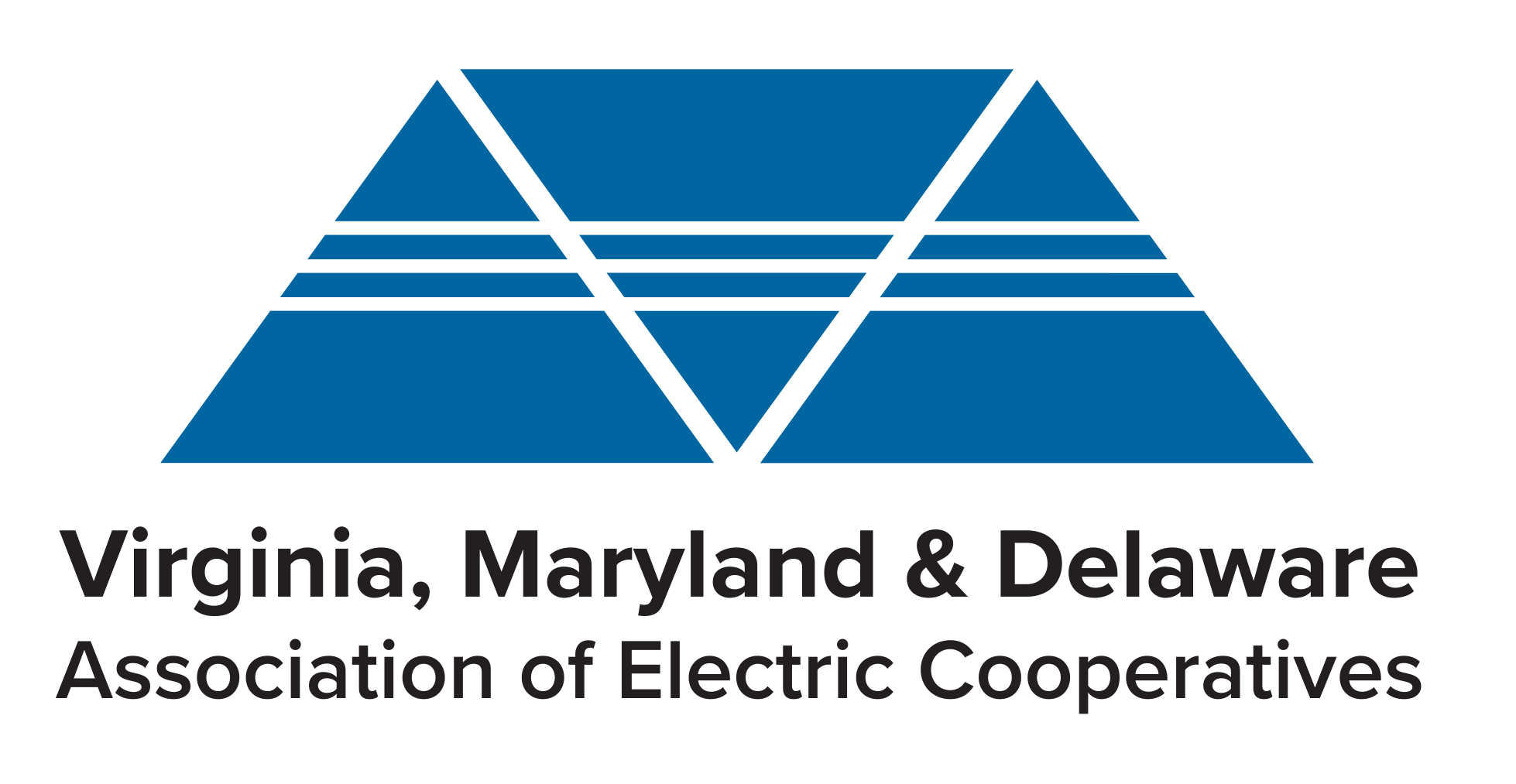About Choptank Electric Cooperative
By the Numbers

56142
Metered Accounts Served

99
Percent average system reliability

171
Full-time employees
About Choptank Electric Cooperative
Choptank Electric, a Touchstone Energy Cooperative, is a not-for-profit, member-owned, electric distribution Co-op serving approximately 56,000 residential, commercial, and industrial metered accounts in all nine counties on Maryland's Eastern Shore.
The Cooperative was incorporated as Choptank Cooperative, Inc. on Sept. 15, 1938, following the passage of the Rural Electrification Act. Its first 78 miles of line were energized in Caroline County on Dec. 15, 1939, serving 184 members. The cooperative’s name was changed to Choptank Electric Cooperative in 1942. Then in 1976, Choptank Electric Cooperative joined Old Dominion Electric Cooperative (ODEC) to obtain lower wholesale power costs.
Choptank Electric has 10 board seats. One seat represents each county for which is served by Choptank Electric along with one additional seat which represents the Ocean Pines District. The Board of Directors is elected on a three-year term basis at the Annual Meeting.

Incorporated in 1948, Old Dominion Electric Cooperative (ODEC) provides reliable, cost-effective, environmentally balanced, wholesale electric services to our 11 member distribution cooperatives in Delaware, Maryland and Virginia. Our core business is generating, purchasing and delivering electricity to our members. ODEC is a not-for-profit generation and transmission cooperative that operates for the benefit of our members, who are our owners. ODEC and our members are each governed by a Board of Directors comprised of representatives elected from and by the respective entity’s total membership. ODEC is a not-for-profit member-owned cooperative and has no capital stock.
For more information about ODEC, please visit www.odec.com.

Touchstone Energy is a national alliance of local, member-owned electric cooperatives providing high standards of service to members large and small. More than 740 Touchstone Energy cooperatives in 44 states are delivering energy and energy solutions to more than 16 million members every day. Touchstone Energy cooperatives serve their members with integrity, accountability, innovation, and a longstanding commitment to communities and collectively deliver power and energy solutions to more than 30 million members every day.
For more information about Touchstone Energy, please visit www.touchstoneenergy.com.
The Virginia, Maryland & Delaware Association of Electric Cooperatives (VMDAEC) exists to serve the member-owned electric cooperatives in the three-state area. Thirteen co-ops in Virginia, one in Maryland and one in Delaware are members of the Association. Member cooperatives serve more than 2 million people in the three states through more than 700,000 meters in Virginia, more than 56,000 meters in Maryland and more than 110,000 meters in Delaware. Our partnership with the Virginia, Maryland & Delaware Association of Electric Cooperatives allows us to better serve our members by improving staff safety, educational and training services, and more. Our membership with VMDAEC enables us to efficiently publish Cooperative Living, providing us an opportunity to properly inform our members.
For more information about the VMDAEC, visit www.vmdaec.com.
The Co-op Business Model
Electric cooperatives were established to provide electric service to primarily rural areas where investor-owned utilities were unwilling to serve, or where electricity was so highly priced, most residents could not afford it.
During the Great Depression, Franklin D. Roosevelt created the REA Act which was incorporated into the New Deal to stimulate growth in our dying country. The REA Act encouraged co-ops to be formed and brought power to rural America. In doing so, co-ops encouraged economic development and the quality of life for many Americans. This led to the creation of the National Electric Cooperative Association (NRECA) which provides help to electric cooperatives all across the nation.
A cooperative is a very specific business model. “A Cooperative is an autonomous association of persons united voluntarily to meet their common economic, social, and cultural needs and aspirations through a jointly owned and democratically-controlled enterprise” (Source, Coop, http://ica.coop/en/what-co-operative).
By providing safe, affordable and reliable power, many cooperatives are significant economic drivers within the local communities.
Electric Cooperatives are:
- Not-for-profit businesses
- Member-owned
- Governed by a board of directors elected by the membership which sets policies and procedures that are implemented by the cooperatives’ management
- Follow the 7 Cooperative Principles [external video]
1. Voluntary And Open Membership
Cooperatives are voluntary organizations, open to all persons able to use their services and willing to accept the responsibilities of membership, without gender, social, racial, political or religious discrimination.
2. Democratic Member Control
Cooperatives are democratic organizations controlled by their members, who actively participate in setting policies and making decisions. The elected representatives are accountable to the membership. In primary cooperatives, members have equal voting rights (one member, one vote) and cooperatives at other levels are organized in a democratic manner.
3. Members’ Economic Participation
Members contribute equitably to, and democratically control, the capital of their cooperative. At least part of that capital is usually the common property of the cooperative. Members usually receive limited compensation, if any, on capital subscribed as a condition of membership. Members allocate surpluses for any or all of the following purposes: developing the cooperative, possibly by setting up reserves, part of which at least would be indivisible; benefiting members in proportion to their transactions with the cooperative; and supporting other activities approved by the membership.
4. Autonomy And Independence
Cooperatives are autonomous, self-help organizations controlled by their members. If they enter into agreements with other organizations, including governments, or raise capital from external sources, they do so on terms that ensure democratic control by their members and maintain their cooperative autonomy.
5. Education, Training, And Information
Cooperatives provide education and training for their members, elected representatives, managers and employees so they can contribute effectively to the development of their cooperatives. They inform the general public, particularly young people and opinion leaders, about the nature and benefits of cooperation.
6. Cooperation Among Cooperatives
Cooperatives serve their members most effectively and strengthen the cooperative movement by working together through local, national, regional and international structures.
7. Concern For Community
While focusing on member needs, cooperatives work for the sustainable development of their communities through policies accepted by their members.

